[ENG-SPN] Romanesque Painting: Medieval Storytelling / La pintura románica: el Storytelling medieval
Romanesque painting, apart from being considered—at least from a comparative and metaphorical perspective—as the medieval precursor to comics, and even, if we look a little closer to other techniques that, although ancient, are highly valued today, such as storytelling, Romanesque painting also served as the basis for the main plots of speculative novels, not without an ancestral mystery, which were remarkably well received by a wide segment of the public, elevating their authors even further, if possible.
This was the case, for example, of the writer and lecturer Javier Sierra, who, in his well-known novel entitled "The Invisible Fire," used a mysterious relic, the Holy Grail, as the basis for introducing one of the most controversial themes in Christianity. This served as the spearhead for a superb saga of stories, promoted mainly by Cistercians, who even caught the attention of notable 20th-century psychologists, such as C.G. Jung and Anna Louise von Franz, part of a series of superb paintings originating from churches in the prolific Aran Valley, which have been on display for years at the Barcelona Art Museum.
In June 2022, coinciding with my return to Madrid from Cantabria, I had the opportunity to make a technical stop in Aguilar de Campoo, at whose superb monastery of Santa María la Real - currently the headquarters of the Friends of the Romanesque Foundation, created by the architect and draftsman Peridis - a remarkable selection of works was exhibited on its premises, made by my friend and Catalan artist, Laura Baruk, where, among other wonders of Romanesque painting, one of those used by Javier Sierra as the basis of his novel was exhibited, which, under the title of 'Virgin of the Plate or of the Light', which, from the 12th century until its final transfer, was integrated into the apse of the church of Sant Climent de Taull and still, to this day, continues to constitute a fascinating enigma, which once again brings to the fore such a mysterious object, the Grail, which was neither within everyone's reach nor could it be touched with the hands, as shown in the image.
La pintura románica, aparte de poder ser considerada, cuando menos y siempre desde una perspectiva comparativa y metafórica como el precursor medieval de los cómics e incluso, acercándonos un poco más a otras técnicas, que, aunque antiguas son muy valoradas actualmente, como el Storytelling, sirvió también de base para el argumento principal de novelas de corte especulativo, no exentas de ancestral misterio, que fueron notablemente recibidas por un amplio sector del público, encumbrando, aun más, si cabe, a sus autores.
Sería el caso, por ejemplo, del escritor y conferenciante, Javier Sierra, quien, en su conocida novela titulada ‘El fuego invisible’, tomó como base, para introducir una de las temáticas más controvertidas del Cristianismo, una misteriosa reliquia, el Santo Grial, que sirvió como punta de lanza para una soberbia saga de historias, promovidas, principalmente, por cistercienses que llamaron incluso la atención de notables psicólogos del siglo XX, como C.G. Jung y Anna Louise von Franz, parte de unas soberbias pinturas, que, originarias de algunas iglesias del prolífico Valle de Arán, se exhiben desde hace años en el Museo de Arte de Barcelona.
En junio de 2022, coincidiendo con mi regreso a Madrid desde tierras cántabras, tuve ocasión de hacer una parada técnica en Aguilar de Campoo, en cuyo soberbio monasterio de Santa María la Real -sede, en la actualidad, de la Fundación Amigos del Románico, creada por el arquitecto y dibujante Peridis- en cuyas dependencias se exhibía una notable selección de obras, realizada por la amiga y artista catalana, Laura Baruk, donde, entre otras maravillas de la pintura románica, se exponía, precisamente, una de las utilizadas por Javier Sierra como fundamento de su novela, la cual, bajo el título de ‘Virgen del Plato o de la Luz’, que, desde el siglo XII hasta su definitivo trasladado, estuvo integrada en el ábside de la iglesia de Sant Climent de Taull y todavía, a día de hoy, continúa constituyendo todo un enigma apasionante, que vuelve a poner en la palestra un objeto tan misterioso, el Grial, que ni estaba al alcance de cualquiera ni tampoco podía ser tocado con las manos, como se muestra en la imagen.
NOTICE: Both the text and the accompanying photographs are my exclusive intellectual property and are therefore subject to my copyright.
AVISO: Tanto el texto, como las fotografías que lo acompañan, son de mi exclusiva propiedad intelectual y por lo tanto, están sujetos a mis Derechos de Autor.

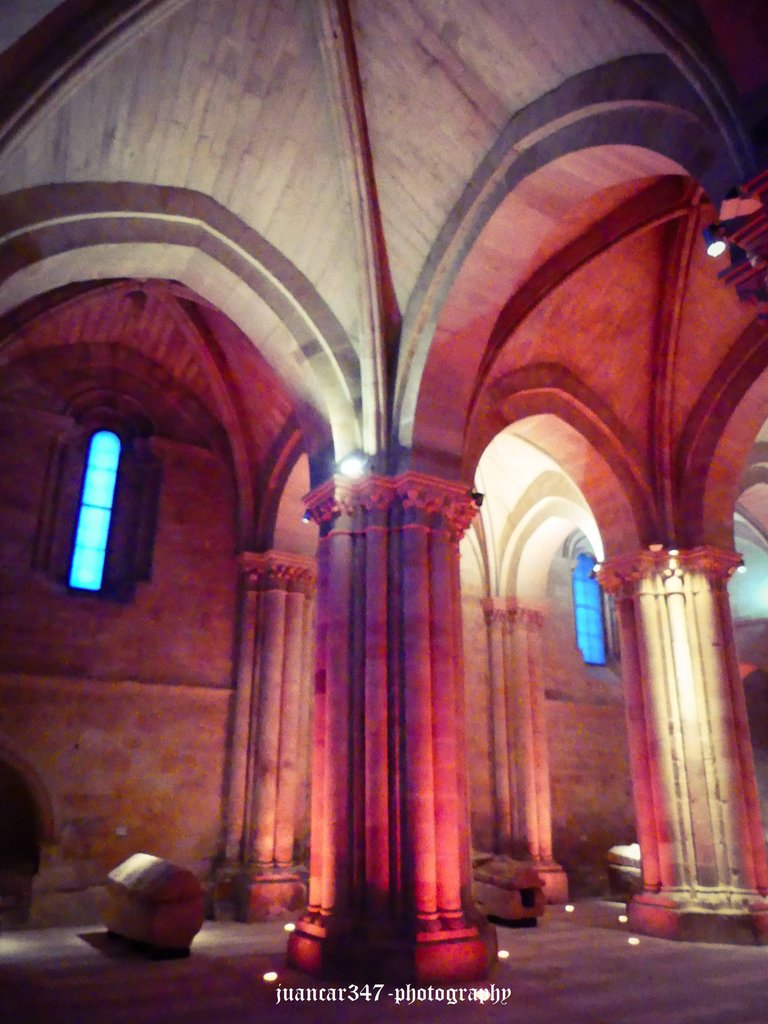
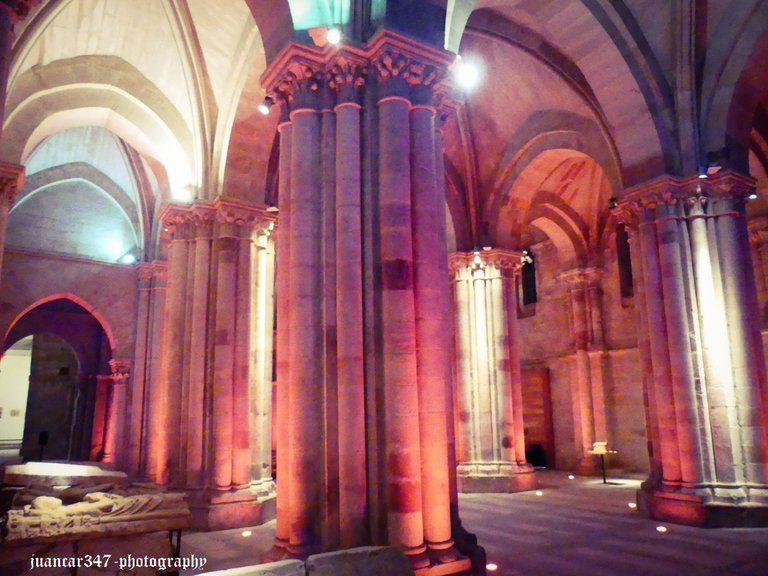

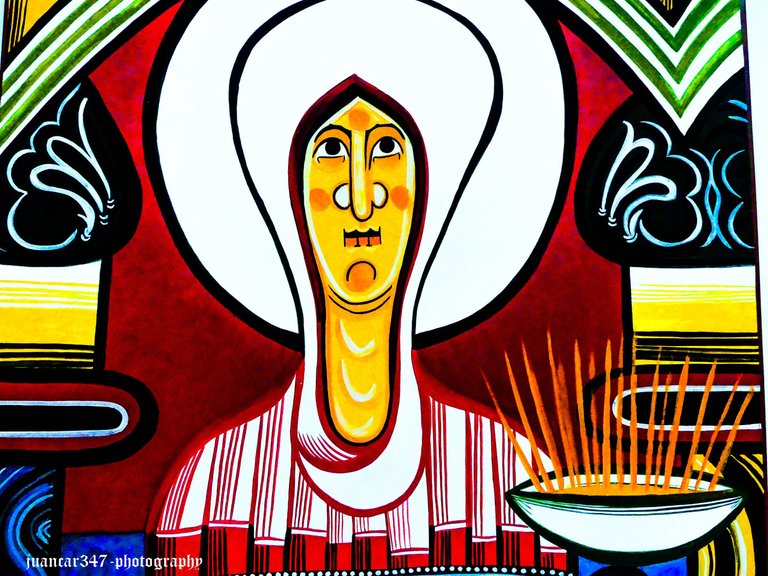
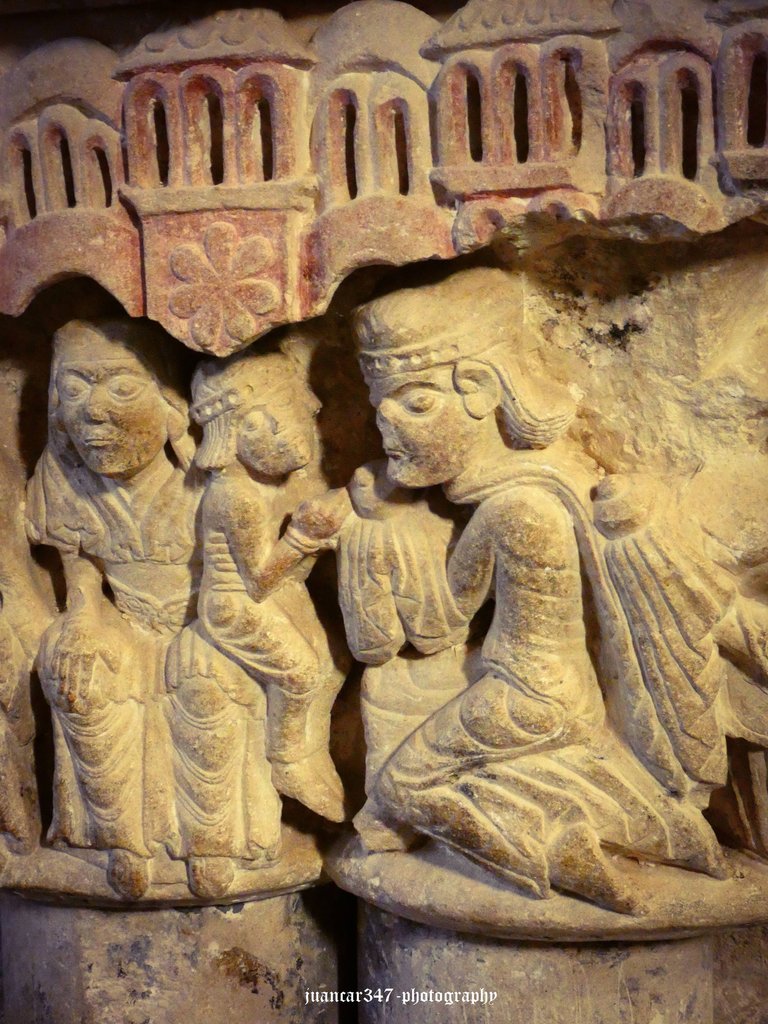
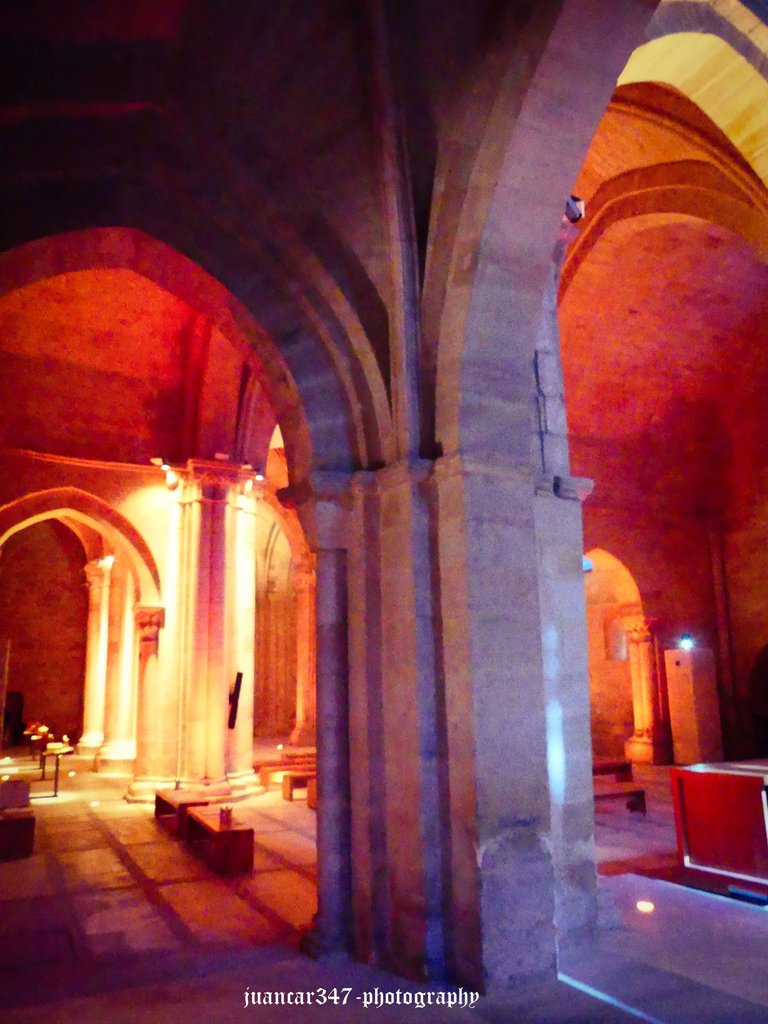
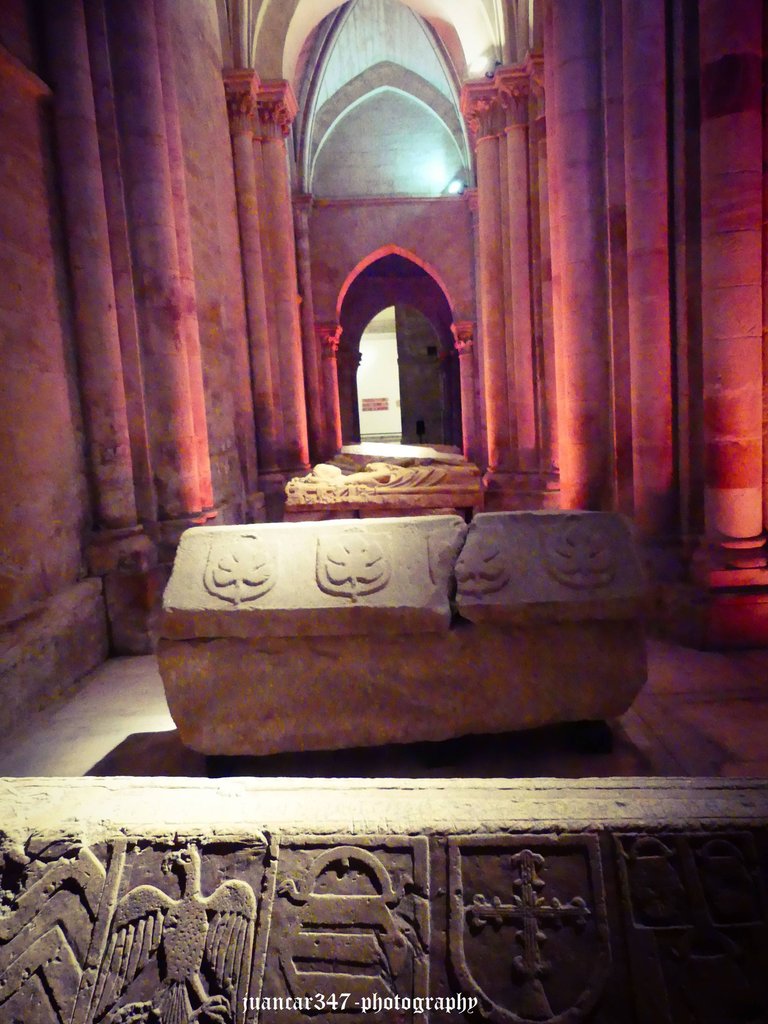
Thank-you very much to @scrooger and @qurator team.
https://x.com/lee19389/status/1953225818299351332
#hive #posh